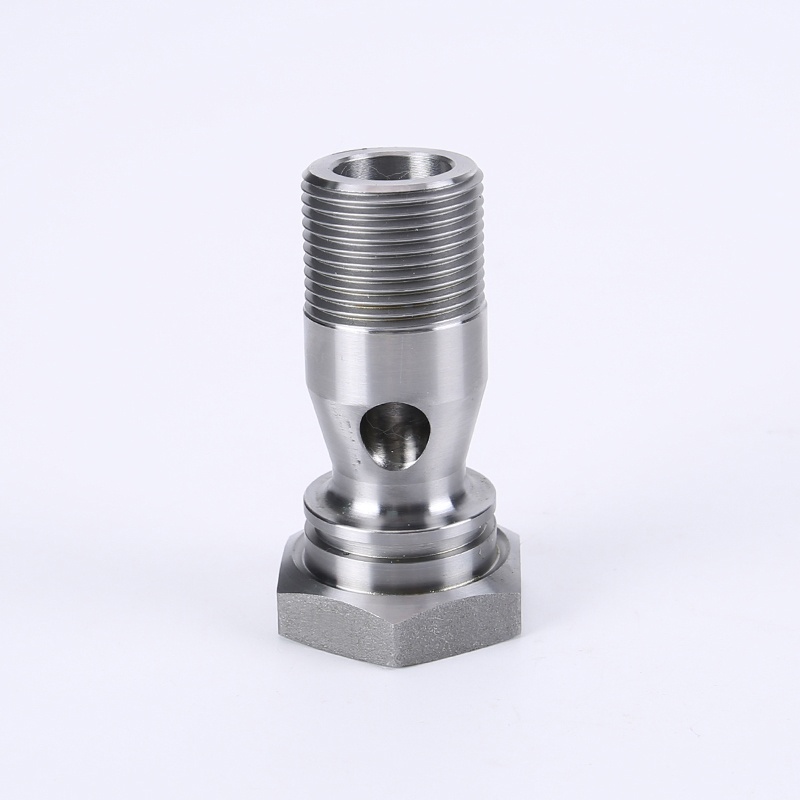What is the pressure rating of a code 61 split flange?
2024-04-11
The pressure rating of a Code 61 split flange is a critical parameter that must be carefully considered in various engineering and industrial applications. This rating is not a fixed value but rather a variable that is influenced by multiple factors. Firstly, the size of the split flange plays a pivotal role in determining its pressure capacity. Larger flanges are typically able to handle higher pressures due to their increased surface area and structural strength.
Moreover, the material used to manufacture the flange also significantly impacts its pressure rating. Materials like stainless steel or carbon steel, which are known for their high tensile strength and corrosion resistance, are often preferred for high-pressure applications. The design specifications of the flange, including its thickness, sealing mechanism, and overall structure, also contribute to its pressure rating.
Code 61 split flanges are widely used in hydraulic systems, where they play a crucial role in connecting and sealing pipework to ensure the smooth flow of fluids under pressure. Their high-pressure rating makes them suitable for a range of demanding applications, such as in the oil and gas industry or in heavy-duty industrial machinery.
However, it is crucial to consult the manufacturer's specifications or technical data sheet for the specific split flange you are using. These documents provide detailed information on the flange's pressure rating, taking into account various operating conditions and factors. By understanding the maximum pressure that the flange can safely withstand, you can ensure that it is properly selected and installed for your specific application. This is essential to prevent any potential failures or accidents that could result from exceeding the flange's pressure rating.



























